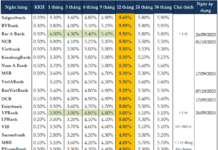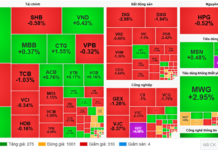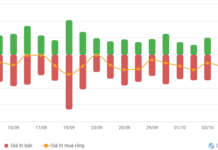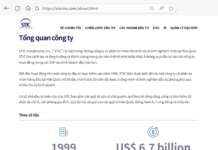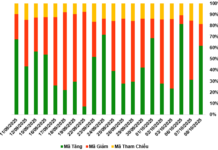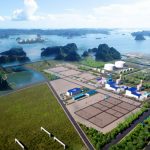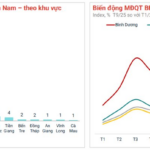At the seminar “Finding Solutions for Clean Energy – Untangling Policy Knots, Unlocking Energy Potential” organized by Construction Newspaper on the afternoon of October 8, Mr. Tran Hoai Trang, Deputy Director of the Electricity Regulatory Authority (Ministry of Industry and Trade), stated that Vietnam is currently applying a single-component retail electricity price, which only includes the energy component.
The advantage of this calculation method is its simplicity and ease of application. However, it does not accurately reflect the costs of usage and transmission investment.
Mr. Trang provided a practical example: one household registers for a capacity of 24 kW but only uses it for 1 hour, while another household registers for 1 kW and uses it continuously for 24 hours. Clearly, the second household should pay more to the electricity provider due to the differing operational and transmission costs.
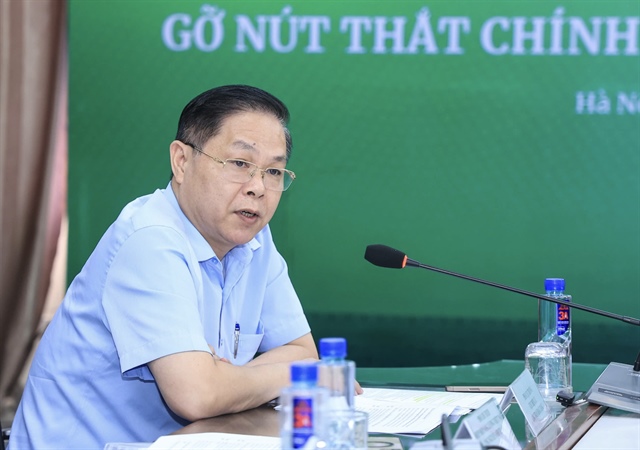
According to Deputy Director Tran Hoai Trang, the two-component electricity price will be piloted from October 2025. Photo: Construction Newspaper |
In contrast, the two-component electricity price includes both capacity and energy consumption. Mr. Trang noted that the Ministry of Industry and Trade is piloting this pricing model with customers consuming an average of more than 200,000 kWh/month. According to EVN statistics, there are approximately 7,000 customers using electricity at this level.
The Ministry has directed EVN to begin the pilot from October 2025, followed by a review and evaluation before deciding whether to implement the two-component pricing model in practice.
To support the implementation of the two-component pricing, the Deputy Director emphasized the need for infrastructure readiness. All electricity consumers must have meters that record both energy consumption and capacity values. Only then can the implementation be effective.
According to Mr. Nguyen Quoc Dung, Head of EVN’s Business Department, the two-component pricing model has been applied in many countries, particularly developed ones. This method accurately calculates the cost for the power system to meet load demands.
The Prime Minister has tasked relevant units with researching the two-component pricing, including capacity and energy prices, for different customer groups.
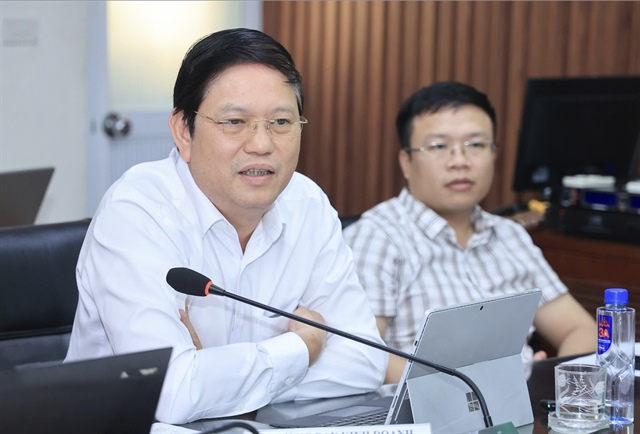 Mr. Nguyen Quoc Dung, Head of EVN’s Business Department, discusses the application of the two-component electricity price. Photo: Construction Newspaper |
Mr. Dung assessed that Vietnam’s technical infrastructure is relatively well-prepared, with electronic meters capable of remote data collection and determining capacity every 30 minutes. The transmission infrastructure is also quite good, providing a solid foundation for implementing the two-component pricing model.
Regarding the impact on businesses, the EVN representative stated that the target group for this pricing model is production customers consuming 200,000 kWh/month on average over 12 months, with a paper trial starting in October. Adjustments will be made as needed, and full implementation is expected from 2026.
Mr. Dung emphasized that this model incentivizes businesses to reduce costs. “Previously, we had to decrease energy consumption to save costs; now, we can reduce electricity usage while still meeting demand by optimizing usage patterns. Capacity can be redistributed to lower overall usage while maintaining normal output,” the EVN representative affirmed.
He noted that this pricing method allows customers to adjust their behavior and usage patterns to reduce capacity, thereby lowering costs.
Tam An
– 19:51 08/10/2025
Electricity Prices to be Adjusted Every 3 Months
According to Decision No. 5/2024/QD-TTg regulating the mechanism for adjusting the average retail electricity price, from May 15, 2024, electricity prices will be considered for adjustment every 3 months when input costs increase by 3% or more.
Revised Dry and Total 2024 Supply Plan Adjustments
With signs of a strong economic recovery increasing electricity demand, the Ministry of Industry and Trade has decided to adjust the electricity supply plan to keep up with the reality. Accordingly, the total electricity produced and imported in the country in 2024 is 310.6 billion kWh, of which 150.916 billion kWh will be in the dry season and 159.684 billion kWh will be in the rainy season.






